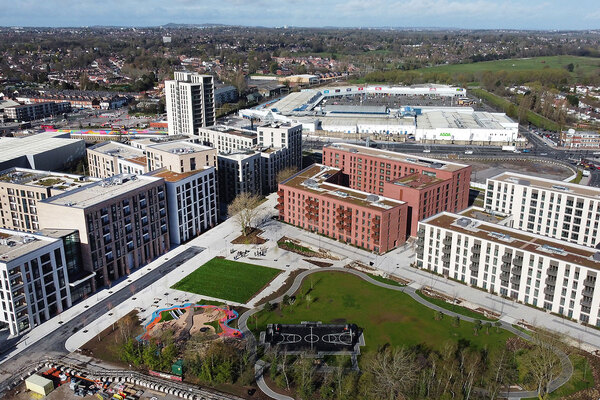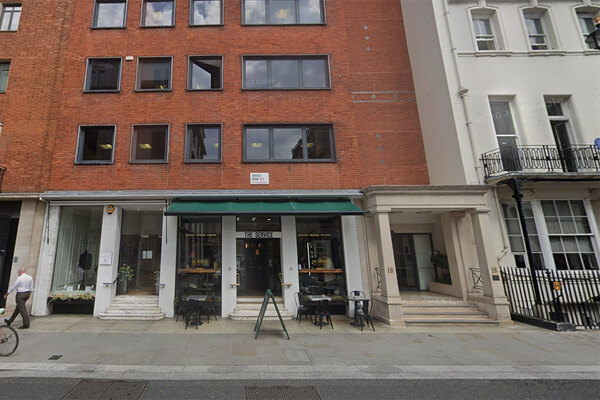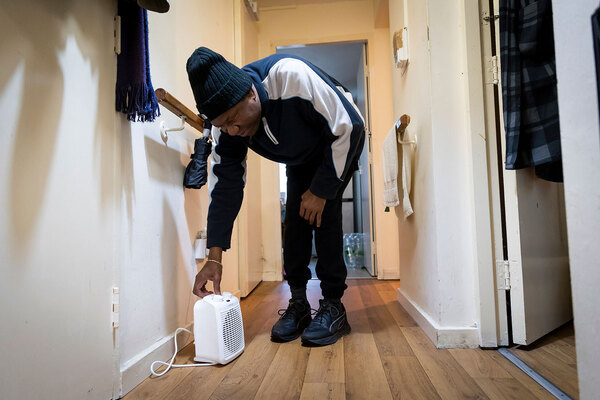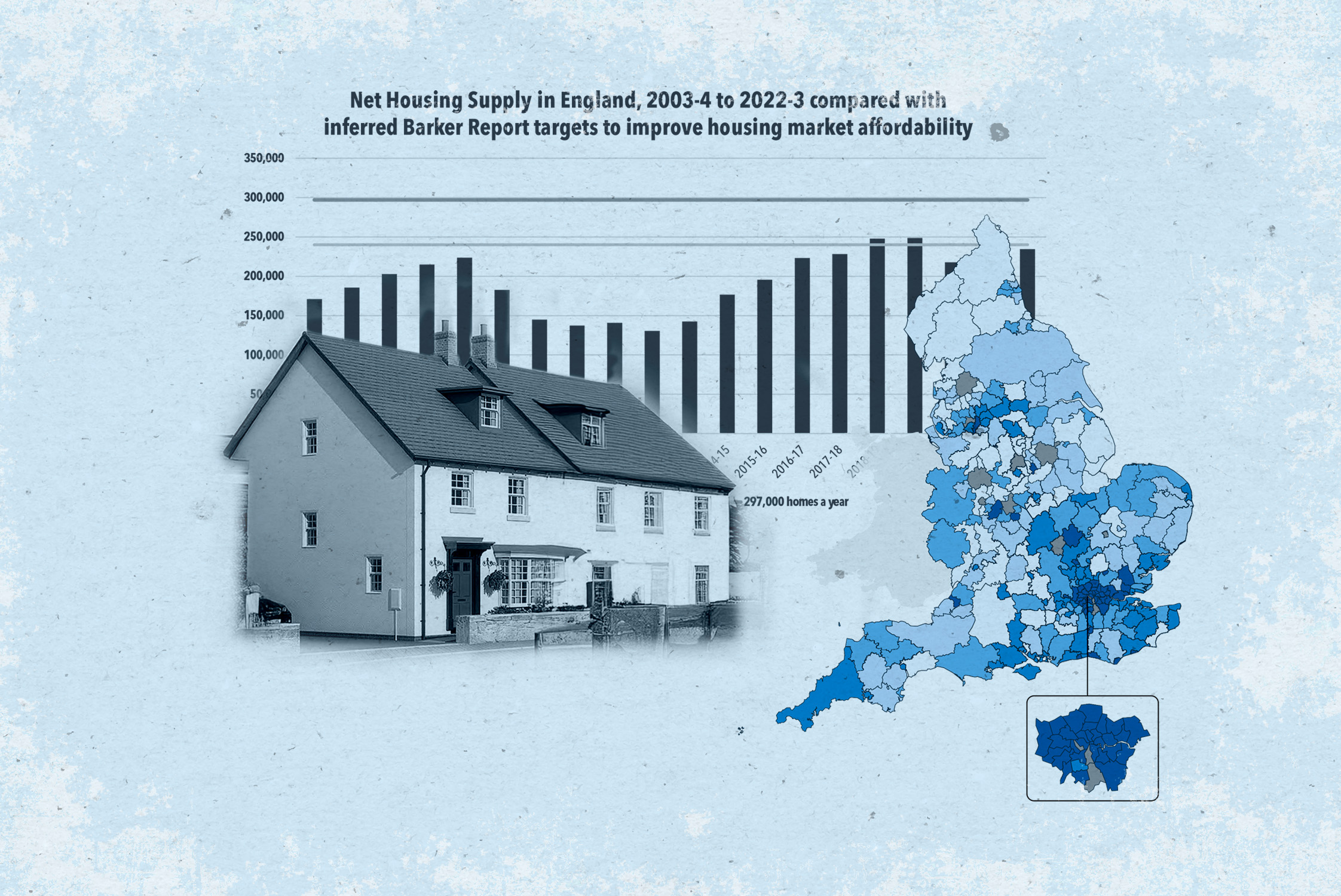Pros and cons
This morning climate change minister Greg Barker announced a fundamental overhaul of the feed-in tariff.
His ambition was to reform the solar subsidy system from one that disproportionately benefited the few and put the government in the red, into a long-term, financially sustainable one that will deliver 22GW of solar capacity by 2020.
These are laudable ambitions that few could argue with. But there is only really one question that matters right now: will it work?
If the reaction from some of the better known faces in the solar lobby is anything to go by then the answer is a firm no. Twitter has been alive with outrage since the publication of the accompanying consultation trashing the plans as being destructive.
As tipped by Inside Housing the government has changed the administration of the FIT so that that the tariff tracks the price of PV – which has fallen dramatically over the last year.
The government says it has based its design on the German model and it will provide much needed certainty as well as a broad return varying between four and half per cent and eight per cent. This sounds reasonable enough in principle.
However, a consequence of this is that the speed of degression – the reduction – of the FIT is increased. Under government proposals, the FIT is set to be cut on 1 April to 21p as expected, but then will be cut again in July by 25 per cent to 13.6p.
You can imagine that to all those who have been battling the government’s most recent cut to the FIT from 43.3p to 21p, this is being taken about as willingly as a massive kick in the crotch. Well, the pain doesn’t end there.
The government boot looks to continue to land blows where it hurts the solar sector most every six months in 10 per cent hits right up until 8 April 2015.
By this point the FIT will be worth 7.7p. Unless of course you are a ‘multiple installer’ – in which case the FIT will be 20 per cent lower from 1 April, and by 8 April 2015, the FIT will be a pretty uninspiring 6.2p.
This is where there is some good news for social landlords: despite their schemes being larger than 25 installations, the government is consulting on exempting them and community groups from the additional 20 per cent. This is a big win for the sector – and for Inside Housing’s Green Light campaign.
I asked Mr Barker about the fate of social housing schemes under the consultation at a dinner on Tuesday night hosted by Gentoo and he was rather coy in his response.
He needn’t have been – the sector will welcome the fact the government has listened to reason. But this piece of great news could be lost in the wash if the larger proposals do not enable them to viably carry out PV schemes.
There are other ominous proposals – to reduce the length of the FIT from 25 to 20 years, to reassess the link to the retail price index. Then again there are other small wins such as the relaxation of the eligibility criteria for PV from homes that had a ‘C’ rating or a commitment to green deal measures, to ‘D’ rating. The government claims this will mean around half of properties in England and Wales are eligible for FITs and the rest can get energy efficiency works for free through the green deal from October. Fair enough.
Ultimately, though, as shadow energy secretary Caroline Flint pointed out on Twitter today: ‘81 per cent oppose tariff cut to 21p in the first consultation - how many will support cut to 13.6p?’.
In the housing sector, some might – if they are able to take advantage of low borrowing rates, cover their costs and justify the investment based on a social return rather than financial one in terms of the savings to their fuel poor tenants.
For the majority of the private sector, though, it is far from clear whether this is a viable model. Certainly the solar lobby is adamant that it is not.
Already challenging the credibility of the government’s assumptions and evidence, there is likely to be plenty more fight to come on this – not withstanding the ongoing legal battle over the cut on 12 December that the government insists it will take to the Supreme Court.
However, Friends of the Earth, one of the organisations behind the legal action showed great humility today in welcoming the government’s changes.
It branded the proposals a ‘significant improvement on the government’s original plans, with ministers securing increased cash and a commitment to much more solar power by the end of the decade.’
When the last cut to 21p was announced, many in the solar sector claimed it was unworkable. Yet around three weeks later the first models at that rate were being brought to the market. It is too soon to know whether the same thing will happen on this occasion – but, assuming PV can wash its own face under the newly reformed FITs system, I would put my money on it being made to work and the sector simply having to change the way it looks on PV with cash tinted specs.
Mr Barker today accused critics – specifically Ms Flint, who, never one to miss an opportunity to attack gave the minister a reasonable grilling in parliament this morning – of seeing the glass as being half empty.
It is a slightly patronising response to a sector that has had its future trampled on by the coalition government, however, there is also some truth to it. What was the solar lobby expecting to hear from a cash-strapped government that has already demonstrated its commitment to renewables is, at best, lukewarm?
Perhaps more tellingly, he also told the sector to ‘get real’ in an interview with Business Green this afternoon.
This could be the most honest advice Mr Barker has offered on the subject of PV for some time.







